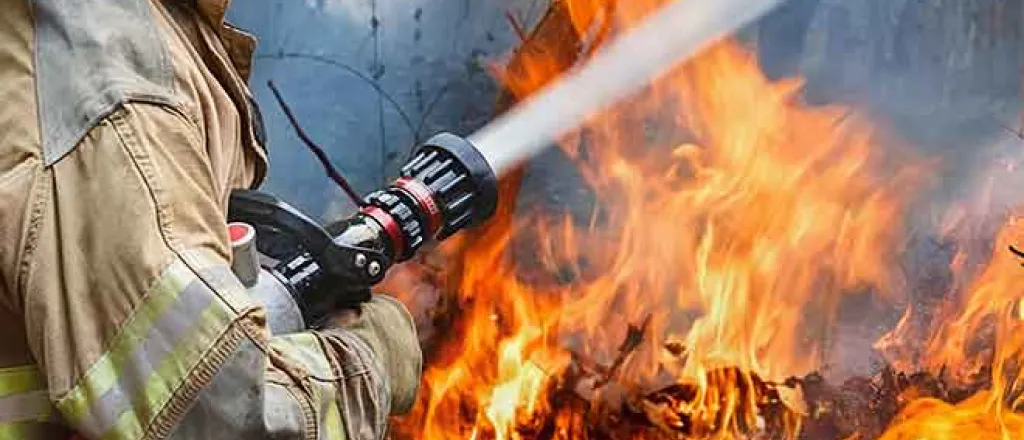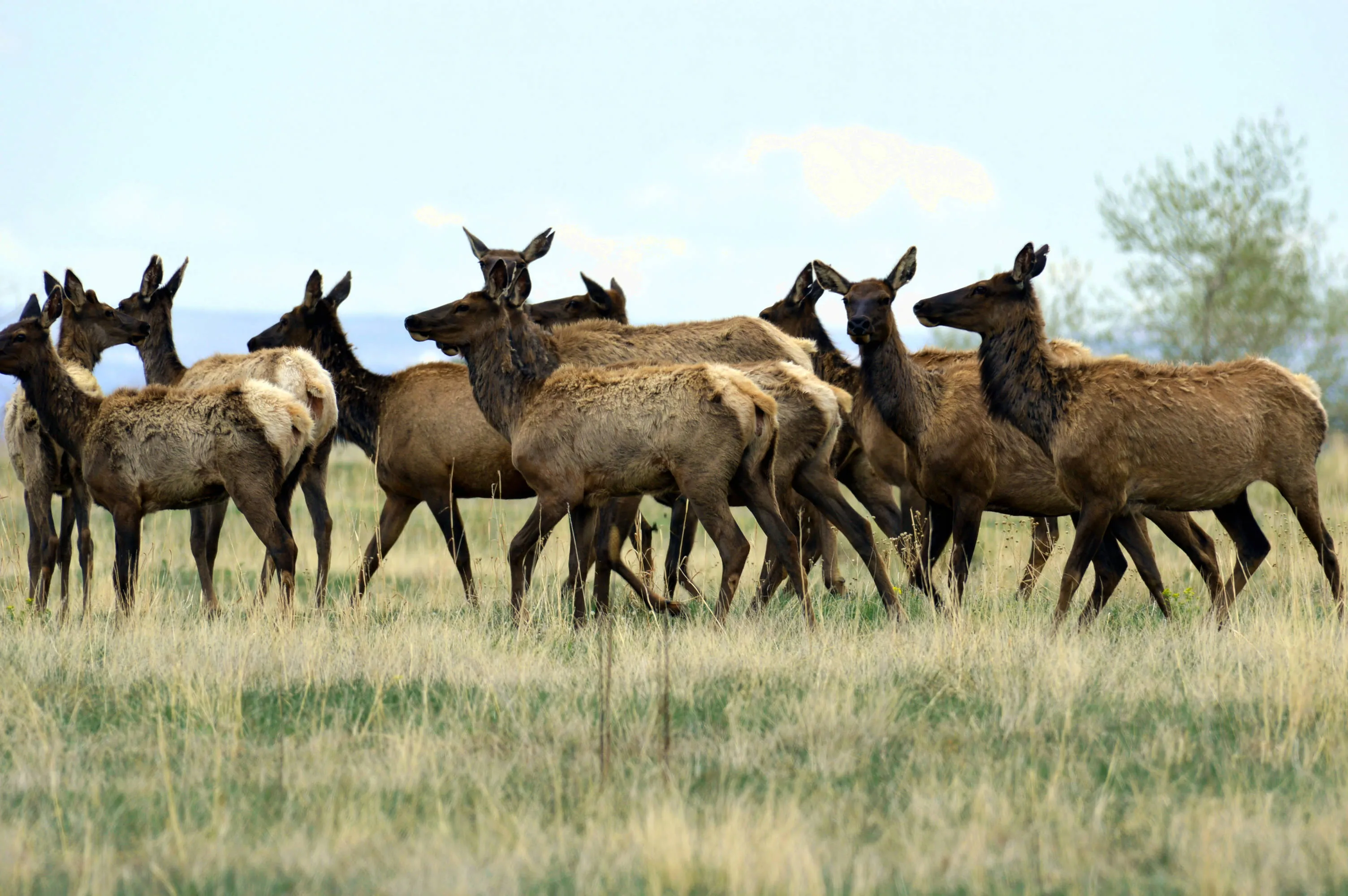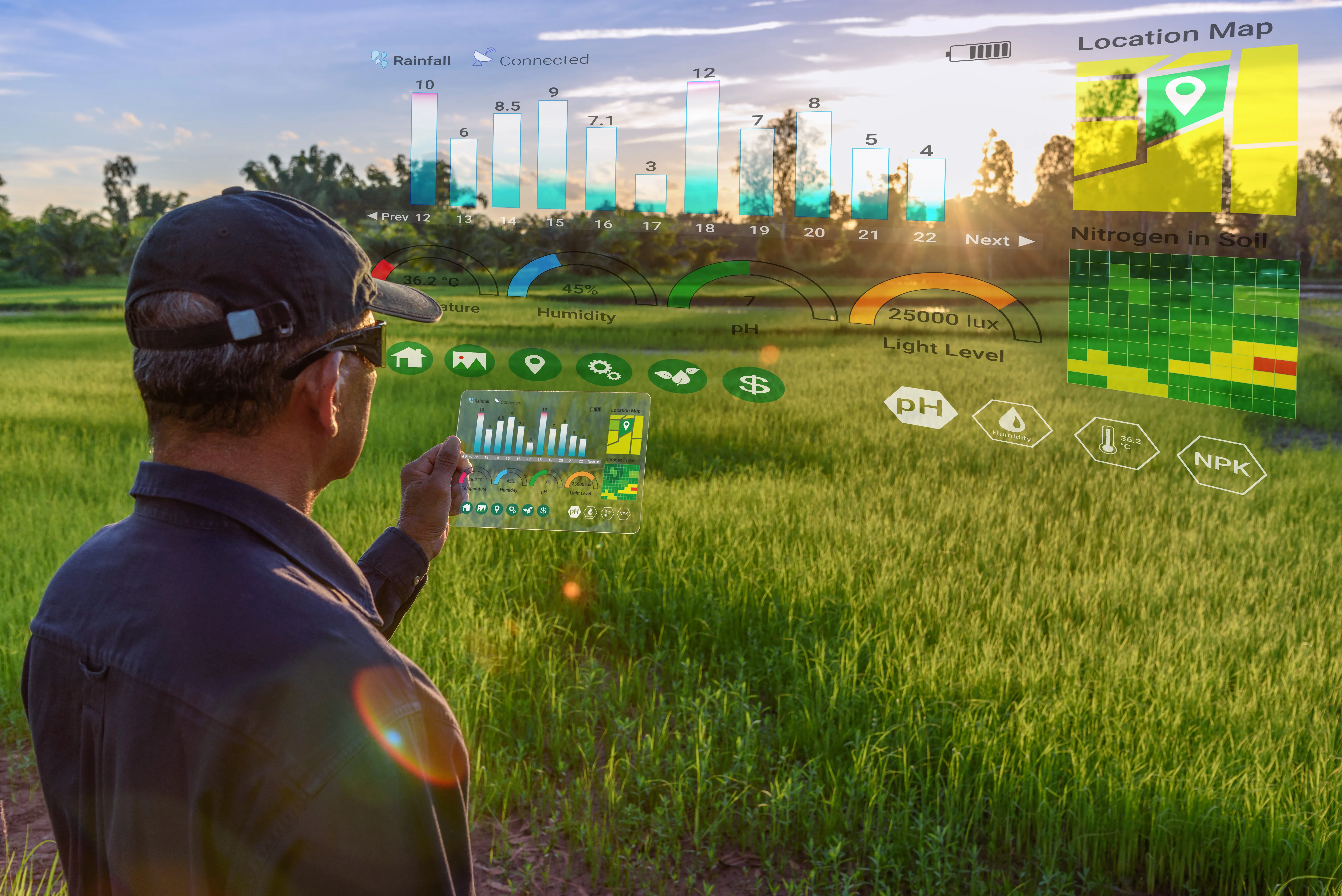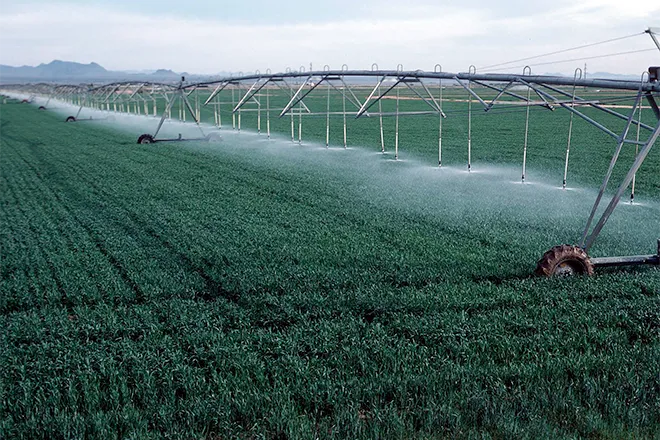
Scientists use AI to 'predict' fire behavior
(Big Sky Connection) Fire scientists are combining traditional methods with artificial intelligence to fight fires in Montana, and across the Southwest using a new tool which also draws on local landowner expertise.
Fire science experts have used natural fire breaks -- roads, bridges and land masses -- as ways to slow fires for a long time. Now, they are adding AI to the mix. With spatial analytical data and satellite imagery, fire managers use what they called Potential Operational Delineations to draw lines on a map and allow them to predict fire behavior, now and in the future.
Kit O'Connor, research ecologist for the U.S. Forest Service, said PODs are like geographical containers and are not always just for fighting a fire while it is burning.
"It's to give you that bite-sized unit that you need so that you can start to think about the values that you're managing across the landscape," O'Connor explained. "And manage them kind of bite by bite instead of trying to take on everything all at once."
O'Connor pointed out while creating the PODs, fire managers also draw on the knowledge of local landowners, so they and the Forest Service can cooperate on a plan for containing wildfires once they start.
Once scientists draw PODs for a certain landscape, the data are digitized and available to fire crews on a risk management website. O'Connor noted the Forest Service is always developing new tools to help the agency use data to predict wildfire activity based on past behavior.
"We look at how fires behaved on the landscape in the past and where they stopped, and what were the conditions where those fires stopped," O'Connor outlined. "Then, we can map out those conditions across much larger areas and say, 'These are the areas where we have the highest probability of success for potentially stopping a fire.'"
Some are critical of POD technology because it does not always call for full fire suppression in low-risk cases. But O'Connor stressed this type of planning is ultimately safer for firefighters in the urban-wildland interface and the people who live there.
















